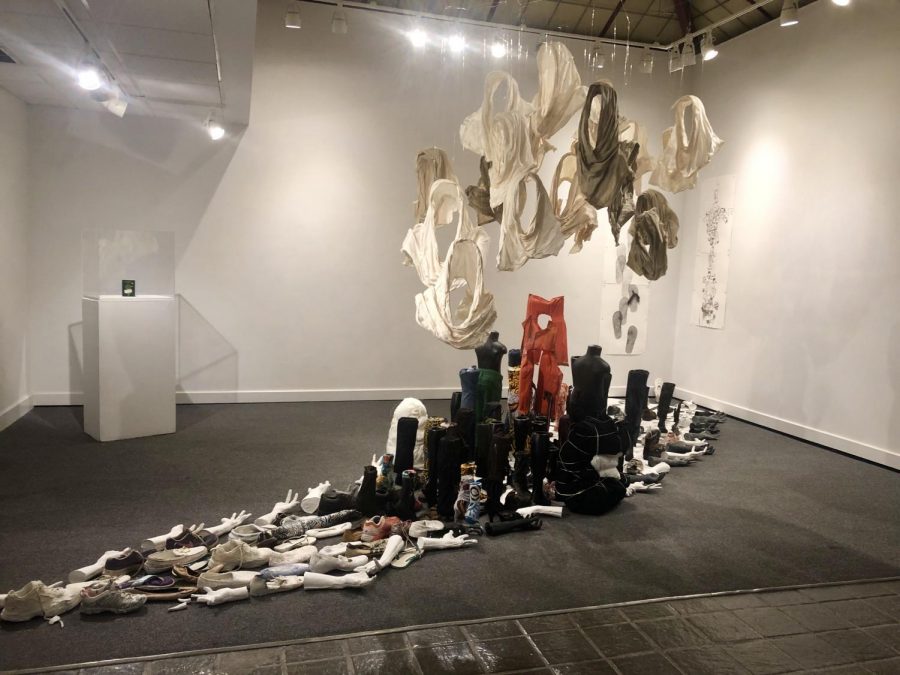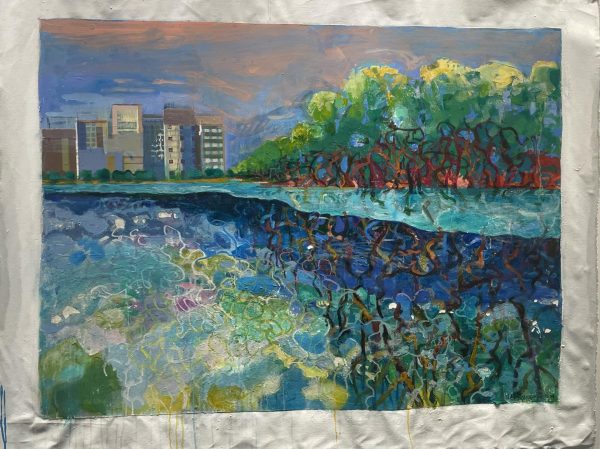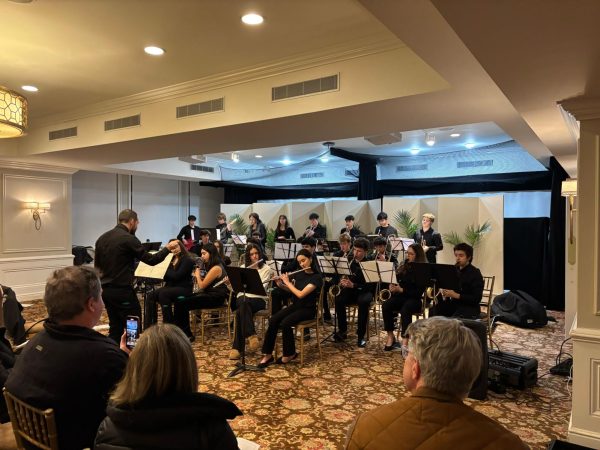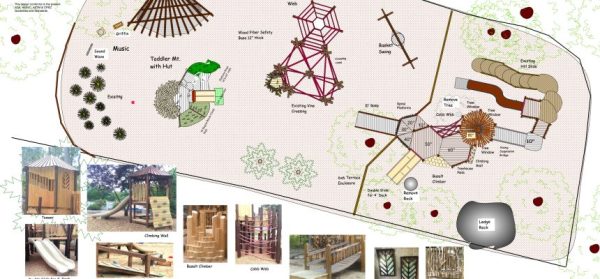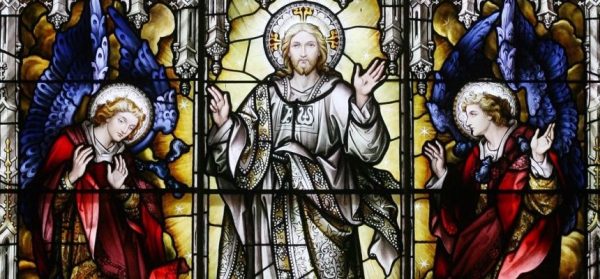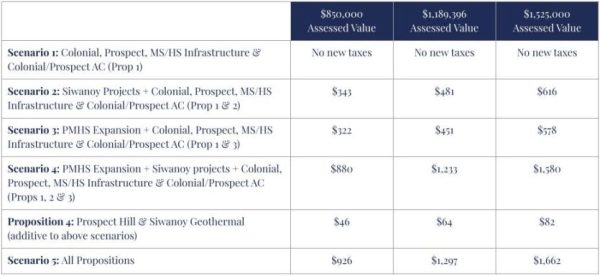Pelham Art Center show brings together immigrant, first-generation artists to interpret human migration
Pelham Art Center’s IN/FLUX exhibition features pieces from immigrants and first-generation artists that express a collective narrative about the evolution of human migration and our roles as global citizens.
The show, which opened Sept. 20 and runs through Nov. 2, was co-curated by Executive Director Charlotte Mouquin and Gallery Advisory Board member Victoria Rolett.
Mouquin’s driving purpose in this show was to make people think about their roles within a global community, stating, “One of the things I’m really passionate about as a curator and being in the arts is bringing people together as global citizens, because I see art as a vehicle to bring people together.”
Among the highly diverse pool of artists, there is a common thread of human connection and the celebration of migration, as it has evolved over time. One of the pieces by Natalia Nakazawa, a large tapestry of the earth made of a complex array of textiles shows the individual paths of human migration, and greatly aligned itself with the core values of the exhibit.
Nakazawa, a first-generation American, said, “Textiles, they are things that inhabit our domestic space, you know like rugs on the floor, clothes that are worn on our body, and they are also places that pass through borders all the time, so textiles are a great place to look at the complexity of human migration.”
Nakazawa’s work acted as an interactive experience, as she helped audience members to embellish the tapestry with either their ancestral path, their current path of life or their future plans. Her work has already been featured at the Metropolitan Museum of Art, as well as various other museums and galleries throughout New York City. She said, “In this case, the way I’m thinking about is as a sort of expanded American flag, or an expanded identity that we have collectively as humans.”
The curation of the show, as described by Mouquin, was fueled by a desire to put together cutting-edge, contemporary artwork that would encourage viewers to become more well-rounded in realizing our collective humanity.
David Rios, a Puerto Rican-American artist, had multiple pieces on display: a boat formed by clusters of black lines and two drawings addressing the lasting effects of colonialism. Rios said, “We all come from something, so all the work stems from that and so therefore all the sources stem from history, so it’s a mix of appropriated images from historical etchings, and then I merge that with pop culture references.”
One of the photographers in the show, Ruben Natal-San Miguel seeks to document how amazing street culture is, and humanity and the connection between humans after surviving tragedy. San-Miguel narrowly survived the horrific events of 9/11 and spent the last 17 years of his life moving around the various boroughs of New York City to photograph the diversity of the people, while also capturing the necessity of human relationships.
The issue of immigration has saturated the political limelight, especially in the United States, which has at times been referred to as “a nation of immigrants”.
Several of the featured artists are immigrants themselves whose fate in the U.S. remains uncertain. Rolett recalled having to install the work of Omid Shekari, an Iranian artist, months prior to the actual opening of the exhibition because it was unclear whether or not he would be able to remain in the country where he has lived and worked for the majority of his career.
The exhibit remains open to the public through November 2. For more information visit the Pelham Art Center website.
Kate Sibery is a student at The Masters School and the Editor-in-Chief for their school newspaper Tower. She has been writing since an early age and has...



